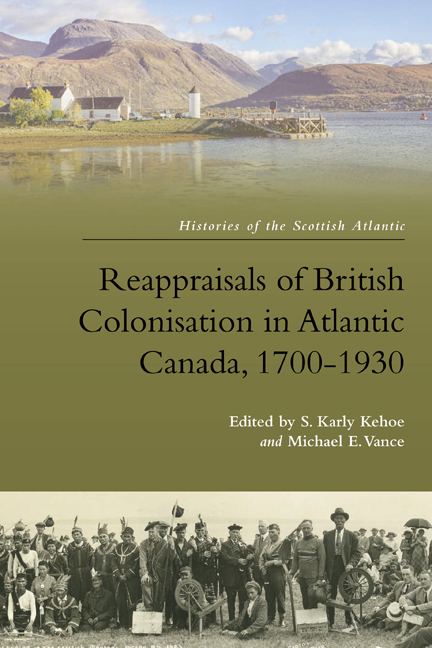4 - Leaving Nova Scotia: Sierra Leone and the Free Black People, 1792–1800
Published online by Cambridge University Press: 10 October 2020
Summary
Shuttling dependent people within imperial zones became essential to preserving and consolidating British interests in the Atlantic during the late eighteenth century. Free black people proved no exception. This chapter offers a close study of two migrations of black people from Nova Scotia to West Africa during this period to illuminate the enduring logic of an expansionist empire during the age of slavery.
In the last two decades of the eighteenth century, two communities of free black people reached Nova Scotia by sea, and they were known as the Black Loyalists from the Thirteen Colonies and a community of Jamaican Maroons. Both groups were of the Americas in that each was formed through various accommodations and encounters with slavery, Indigenous people and white settlers. Many of the approximately 3,000 Black Loyalists, who arrived between 1782 and 1783, were former slaves, who had fled agricultural slavery in the southern colonies to join the British military; others left the urban slavery of New York and New England. The 549 Maroons, who entered Halifax in July 1796, came from the northern mountains of Trelawney Town in Jamaica. A single military community of fugitive slaves and their descendants, the Maroons had remained a free people for generations. Unlike the Black Loyalists, they had not voluntarily arrived in Nova Scotia; these 150 families were deported to the peninsula as punishment after a seven-month rebellion against the Jamaican plantocracy. The Maroons were united by their experience as a free community in a slave society, whereas the Black Loyalists shared a range of individual experiences with slavery in the white societies of the thirteen colonies.
Both groups of black exiles had the potential to be useful to Nova Scotia, a northern colony that had been in desperate need of settlers and labourers since the founding of its capital, Halifax, in 1749. Prevailing racial hierarchies meant that black people were viewed as less desirable settlers than the white Protestants, who came from Germany in the 1750s, or the planters, who came from New England in the 1760s. However, they could be assimilated, not as neighbours or marriage partners, but rather as permanent housekeepers, construction workers and servants, with little chance for advancement as landowners.
- Type
- Chapter
- Information
- Publisher: Edinburgh University PressPrint publication year: 2020



